Clematis Rouge Cardinal is a hybrid obtained by crossing two varieties. This lio-like clothing shrub is widely popular at the design of any landscape: from the household site to the urban square.
Unusually attractive bright red, velvety, large flowers of Clematis. Abundant blossom of shrub, disease resistance, winter hardiness and unpretentiousness in care are the main advantages of this varietal hybrid.
About how to grow Clematis Cardinal Rouge on its plot - read the article. The main preferences of the perennial, the features of its morphological development and the rule of agrotechnology will help to easily grow a healthy and beautiful plant. A photo selection and video master class only complement the overall view of the culture.
Clematis Rouge Cardinal, description of the plant
Clematis began to cultivate in the 16th century, but to create new varieties of breeders became much later - in the 20th century. So, in 1968, in France by crossing Clematis Lanuginosis with Clematis, the Vitelel appeared an unusually beautiful hybrid - Clematis Rouge Cardinal. Since then, today, this kind of Clematis is considered one of the best, has many awards of flower international exhibitions and even the highest difference is a gold medal obtained at the exhibition of flowers in Holland.
Consider the morphological and physiological features of one of the most popular and magnificent varieties of varieties - Clematis Rouge Cardinal.
- The name "Clematis" denotes the "branch" or "Vinography", and the "Rouge" prefix is \u200b\u200bconnected with the Purple - Red Coloring Chassels. The full name of the variety is translated as "Red Cardinal".
- This herbaceous plant is a variety of late-breathing large-flowered clematics family of ilok.

- The curly shrub, Clematis, resembles an elegant Lian and is able to grow to 3-4 meters in height. Moreover, per day, in warm weather, Liana is capable of growing on 10 or more centimeters. For the entire summer season, the perennial produces about 5 full-fledged shoots, with time of decisive.
- Soothes go and climb on the support due to clinging detergents. Therefore, Clematis must necessarily be supported or disembarking in a place convenient for "weaving".
- Leaves from Clematis small, three, peristoids, dark green.
- This variety belongs to the Clematis of the Jacma group (the third group "C"), and therefore the flowers are formed on the shoots of the current year.
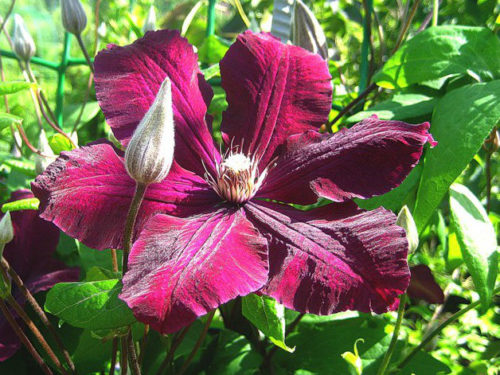
- Clematis blooms in the middle of summer and continues flowering before the beginning of autumn. Flowers velvety and large, in diameter reaches up to 16-20 cm. Characterized by the presence of pale purple anthers.
- The root shrubs system is well developed, powerful, branched, deep (up to 1 m) penetrating into the soil.
- Still, frost-resistant perennial plant is successfully cultivated in regions with harsh climatic conditions, cold winters.
Crossis reproduction Rouge Cardinal
- Sustained leaf falling Liana, Clematis, it is best to multiply by a vegetative way: dividing the bush on parts, granulated or stalling.
- Seeds This variety of large-flowered Clematis is not multiply, since the young plant does not preserve the varietal signs of the parent plant, and therefore the grade will lose its individuality.
- Clematis division is carried out in spring or autumn.
- The easiest way to vegetative reproduction is the division of an adult, mature shrub. A bush can be divided after 5-6 years of his life, when shoots and roots grow well. To split the bush on the part, it is digging and divided into equivalent parts. If the bush is big and spread, you can neatly sink it on one side and shovel separating a piece of shrub along with the root. With this method there is no need to dig a bush entirely. The obtained seedlings, in the case of a successful separation of roots and kidneys, quickly take root and bloom.
It should be known that if the maternal bush "suffered" from any disease, it is maintained in the separated seedlings or grain. In this case, it is necessary to carry out disinfective events.
- To multiply the bush with grooves, make a shallow (up to 10 cm) grooves in which the lower side shoots are laid. For fixing, the tank is pressed with metal (wire) brackets and fall asleep ground. The following year, rooted shoots separated from the plant and plant on a new place.
- The reproduction of Clematis with cuttings allows to prepare a fairly large number of seedlings. Cuttings for landing are used green or weird, and it can be harvested in spring, summer and autumn. Often, for better rooting, gardeners enjoy a variety of growth stimulants (corneser, epin, heteroaceuxin, anaphthyluxus acid, etc.). Moderately wet microclimate and temperature not lower than 20 0C allows landed cuttings to quickly launch roots.
Clematis Rouge Cardinal, landing features
This hybrid form of Clematis is endurance and unpretentious. Naturally, there are conditions that are most favorable for the development of shrub. Clematis is able to grow in one place under 20 years, so it is important to initially choose to land the most convenient place.
Choosing a place to land Clematis Rouge Cardinal
- Light-loving Clematis prefers solar outdoor terrain, without drafts and strong winds. It is also suitable for landing and light half. The sun has a positive effect on the decorativeness of the shrub: the flowers become larger, and flowering is rich.
- As for soil, Clematis is not very capricious, but it will be better to develop in a lightweight, fertile soil, with neutral acidity. Sour soils should be neutralized with lime. Clematis Rouge Cardinal is badly leaving in heavy, saline, acidic soils.
Agrotechnology landing Clematis Rouge Cardinal
- Before planting a seedling, it is necessary to prepare a landing pit in advance, about half a meter in all respects.
- At the bottom of the pit, a drainage depth of rubble or broken brick is placed, a layer of about 15-20 cm. The drainage layer will prevent unwanted moisture for shrub, will provide the necessary aeration.
- From above, drainage falls asleep with organic fertilizer. For these purposes, the dung-rapid, leaf humus, ash, compost is suitable. With the scarce composition of the soil, you can add a superphosphate fertilizer from the calculation of 50 g by 0.5 kV. m, nitroposka and peat.
- The organic is falling asleep with a small layer of fertile soil (small slide), on which the roots of the seedling are exhibited. The roots neatly straighten over the surface of the soil.
- Holding the plant, fall asleep the roots with the root shrub, after which the soil is sealing and pouring water. Landing Clematis with Blooming Allows you to develop a center for a bunner on which young kidneys will be laid (future shoots). Purplus the root neck should be approximately 5-8 cm. In addition, the bushes with the "related" root cervix better tolerate the cold winter period and hot summer. As the perennial grows, a slightly fertile soil is constantly added to the area of \u200b\u200bthe priority circle.
- After an abundant irrigation, the roar layer is better to climb, as Clematis does not tolerate both overheating and moisture overheating.
- Cooking the landing pit is better in advance, about a month before the landing so that the soil is settled and donkey.
- In the center of the pit, the support is installed in advance to support the growing Clematis. It is especially useful in the regions with strong gusty winds.
- The landing of Clematis is carried out from spring to autumn. Optimal time for planting a liatoid shrub is considered the first half of autumn.
- If Clematis is planted near the walls or other fences, it is not necessary to do it closely, the interval should be withstanding at least 20 cm. Also on the plant should not drain water from the roof during the rain. It is not necessary to plant a perennial and near metal fences: in the summer they are very hot and can "burn" the plant.
- Hut down several representatives of Clematis, it is important to comply with the distance between them at least 1-1.5 m, given the future growing shrub.
- If a very weak seedling is planted, it is better to picked it in the greenhouse, carefully causing him. Only when the plant is completely strengthened, it is planted in an open ground.
Large-flowered Clematis Rouge Cardinal can be bought in special botanical nurseries or flower shops. Saplings landed in plastic containers or in packages with peat are sold. If a sapling with a bare root system is bought, it is impossible to allow excessive drying of the roots. Such a seedling will need to soak in water for 1-2 hours, after which it is planted to fall into the soil. The main condition for the successful rooting of the seedling is the presence of healthy, intact roots.
Clematis Rouge Cardinal, Care Rules
Cardinal rugs should be care for the hybrid variety, as well as for other clematis groups "C". Regular watering, feeding and trimming are the main agrotechnical measures in the cultivation of Clematis.
Watering Clematis Rouge Cardinal
- The plant loves moisture, but does not tolerate its stagnation. An important role in this is the drainage layer of the soil, laid during the planting period of the plant. Also, many gardeners during the planning of Clematis are planning a natural outflow of water, for example, after melting of snow. For this, the bushes are planted on a small elevation or make grooves with a slope for outflow of excess water.
- At the same time, Clematis poorly tolerates the soil overheating. Considering that the shrub is planted in well-lit places, it is possible to sharpen the base of the bush, disembarking in the area of \u200b\u200bthe priority circle one-year low flowers. Non-peat, humid and sawdust soil, also prevent unwanted soil overheating. In addition, mulch will retain the wet soil microclimate and will prevent the development of weeds.
- Watering Clematis needs regularly and abundantly, when the upper layer of soil lifts. The water rate in one watering is about 1-2 buckets, and for an adult, scrupleting shrub - twice as much.
- The best time for watering is the evening when the sun is less active.
- Watering the shrub is carried out, as a rule, 2 times a week, and the leaf spraying can also be added to the arid period.
- After watering the Earth, it is necessary to loose, improving the water and breathable properties of the soil. If the area around the plant trunk is meditated, there is no need for additional looser.
Undercabe Clematis Rouge Cardinal
- Like any other plant, Clematis Rouge Cardinal needs a periodic feeding fertilizer.
- Standard begin to introduce from the 2nd year of the life of a shrub.
- Fertilizers are made after irrigation of the plant, about 4 times for the entire vegetative season: early spring (before the commencement of vegetation), in summer (during the period of bootonization and after flowering) and in the fall.
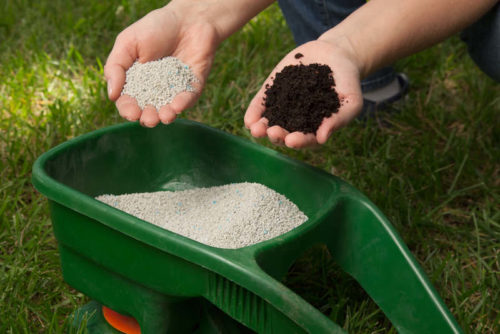
- During the flowering of the fertilizer shrub, it is undesirable, since after this period of flowering will be reduced.
- In the spring, for active extension of green mass, mineral fertilizers containing nitrogen contribute to the ground. You can use urea, ammonium nitrate (from the calculation of 1 tbsp. On the water bucket). The use of nitrogen allows you to stimulate the growth of the plant.
- In summer, Clematis is fed by phosphorus-containing or potassium drugs.
- In the fall, the use of superphosphates will be appropriate, not exceeding the dosage in the instructions.
- Indispensable for plants, in nutrition and value, organic additives remain: dung-raw, wood ash, compost, chalk and dolomite flour.
- Mineral and organic feeders are better alternating.

Clematis Crossing Rouge Cardinal
- Clematis trimming stimulates the formation of young shoots, and therefore, and more abundant blossoms of the shrub.
- Cut shrub is needed in autumn (approximately, in October), before preparing it for the winter period.
- Clematis Rouge Cardinal relating to the third group needs severe trimming. Such shrubs are cut to the first 2-3 kidneys, leaving over the ground only 30-50 cm of shoots.
- Such, it would seem, the cardinal trimming, in no way harms the plant, because the flowers will be formed on the shoots of the current year. On the contrary, during the growing season, Clematis will be able to score strength faster and restore the green mass of the shrub.
- Throughout the growing season, Clematis sanitary trimming is carried out. Damaged, dried or broken branches are removed. Such a "haircut" also helps to adjust the flowering and growing of shrub lianas.
- Forming a shrub can be, in addition to trimming, and by artificially directed the shoots of Clematis. For this, some shoots are flexible in the horizontal direction so that the blossom of the shrub is uniform at its entire height, including below the main part of the plant. The shoots should be guided carefully, considering that young green stems are very fragile and brittle.
Preparation for Winter Clematis Rouge Cardinal
- Although Clematis is pretty frost-resistant plants related to the zone of frost resistance 4-9, they are still covered by the winter, in order to avoid unwanted frost, especially in conditions of mighty winters.
- Clematis varieties Rouge Cardinal, cropped almost at the base of the bush, convenient and just prepare for the winter period. Due to this, the Clematis of this group trimming is most popular with flower water.
- For winter shelter use dry foliage or husknik. With severe frost and the absence of snow, you can additionally wrap a bush with agrofiber or polyethylene.
- The rolling circle is mounted with sawdust, leaves or peat.
- It is necessary to remove the shelter in the spring, with the onset of a steady positive temperature so that the spring frosts do not take a young stem or root neck (the most vulnerable part of the shrub). Such global damage can lead to the death of the entire plant. Therefore, it is important to ensure that the root neck is covered with earth, humus or compost.
Diseases and pests clematis Rouge Cardinal
- Clematis Rouge Cardinal - a durable beautiful plant, if not amazed by diseases and pests. In such cases, it should be reacting immediately, destroying parasites and prevent the dissemination of diseases.
- To secure the plant, it is necessary to conduct annual preventive measures. To do this, you need to earlier in spring and autumn to handle a bush of 3% borobo liquid or 1% copper / iron vigor.
- The most dangerous fungal diseases of Clematis - Fuzariosis and Vilt (withering). As a rule, these diseases are provoked by non-compliance with the cultivation of the cultivation of a shrub of Liana or an unsuccessful place to landing. The revengery soil, moisture stagnation and increased air humidity are the main causes of the disease. When infected, sanitary trimming of damaged stems and foliage, which subsequently burn. After trimming, the bush is treated with copper vigorous or burglar liquid (1%).
- To combat wilt, the soil and base of shoots, it is necessary to be treated with a solution of Fundazola (20 g per bucket of water) or other similar fungicide.
- With damage to the shrub with such pests as a web tick, a fly or trips, carry out treatment with special insecticidal drugs.
- When attacking the Clematis bush of such a dangerous pest, like nematodes - microscopic worm, the plant is likely to be destroyed, and the soil is disinfected.
- Positive results of the prevention of diseases and pests gives landing near the shrub of Clematis, annual calendula or velvetsev. They not only shade the soil, but also scare away with their smell of many insect pests.
Application Clematis Rouge Cardinal
- Clematis Rouge Cardinal is widely used for landscaping garden-park zones, household plots and diverse landscapes.
- Shrubide liana is most popular for vertical landscaping. Especially spectacularly look at abundant flowering shrubs on arbors, arches, in various corners of the garden or near the walls of the house.
- Such a "long blooming waterfall" not only decorates the site, but can also hide some shortcomings in the zone near the house or on the household plot (old fence, dilapidated arch, etc.).
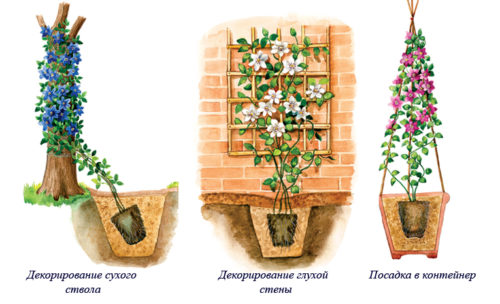
- A varietal hybrid Clematis Cardinal Rouge successfully cultivated not only in the open ground, but even on balconies, terraces and verandas, in large vases.
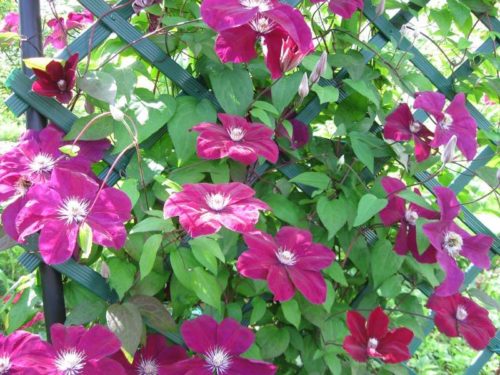
- It is attractive both single landing of large-flowered clematis and group, including with other varieties of shrub Liana.
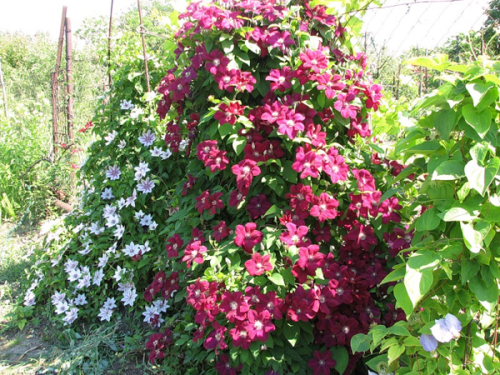
conclusions
Clematis Rouge Cardinal is one of the best representatives of the genus Clematis. This is connected not only with the spectacular appearance of large, velvet aliens, but also unpretentiousness of growing shrubs.
Winter-hardy, abundant flowering plant, has high resistance and practically does not require care. Minimal agrotechnical activities for the cultivation of shrubide lianas will admire its beauty, at least 20 years.

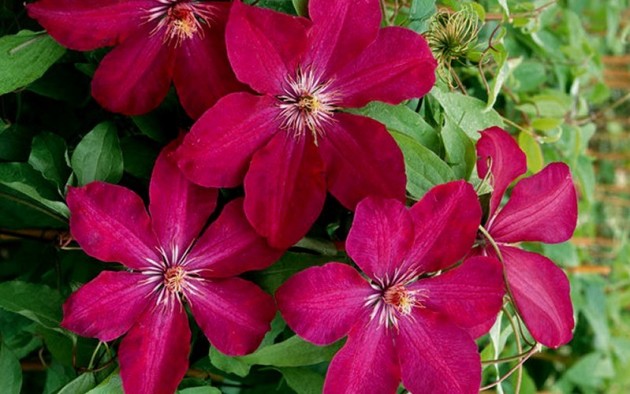

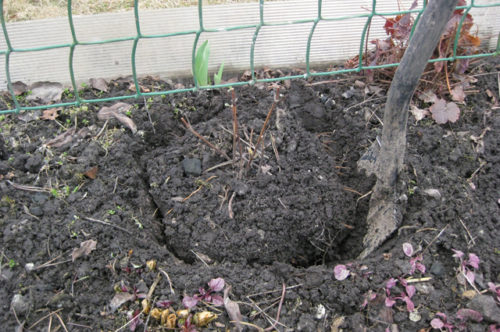

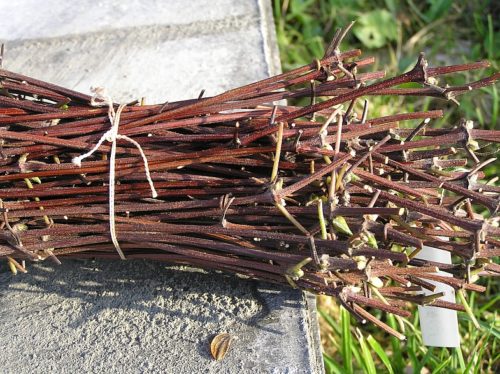
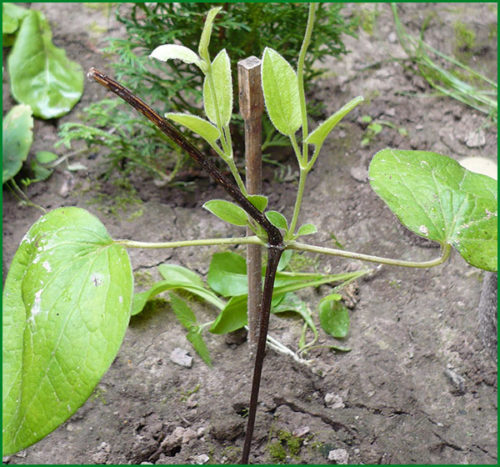
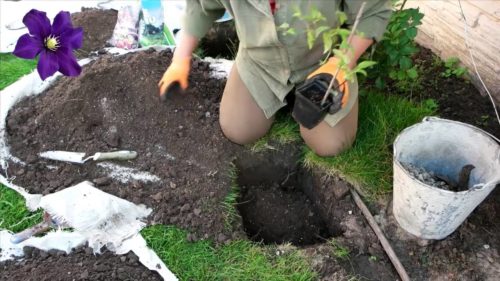
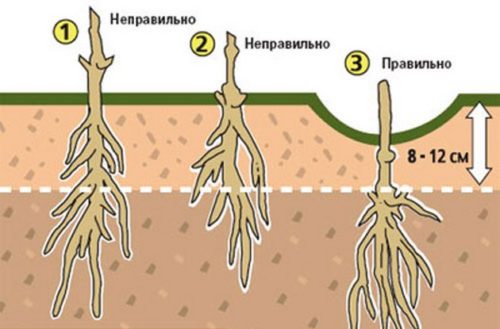
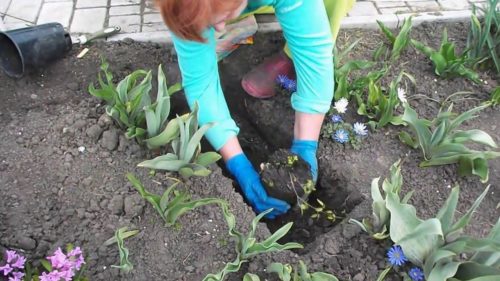
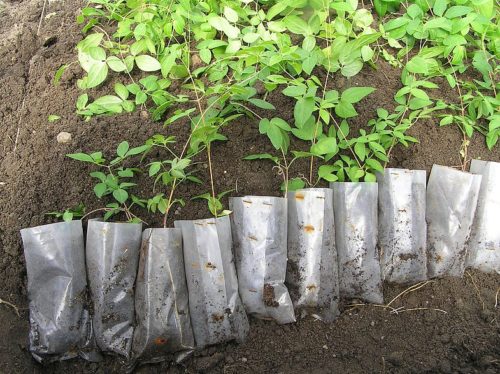


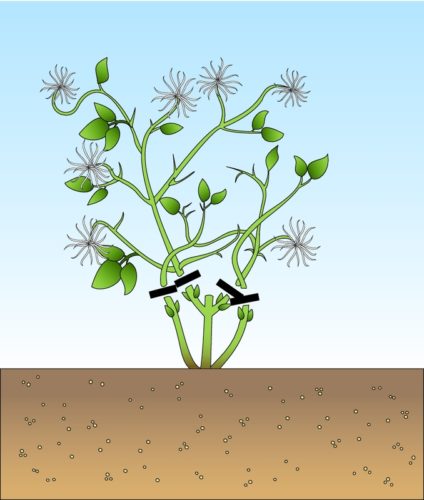
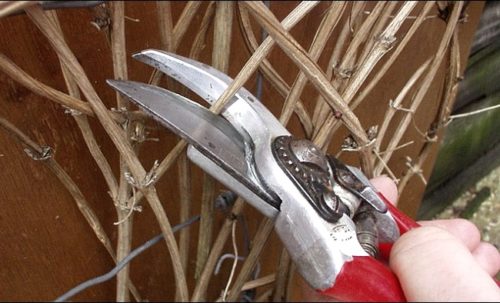


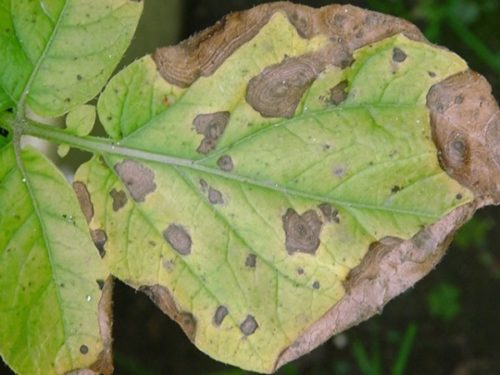
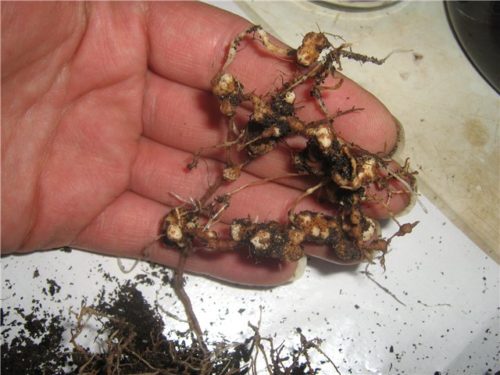
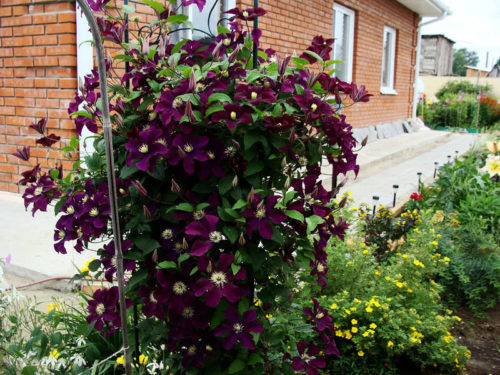
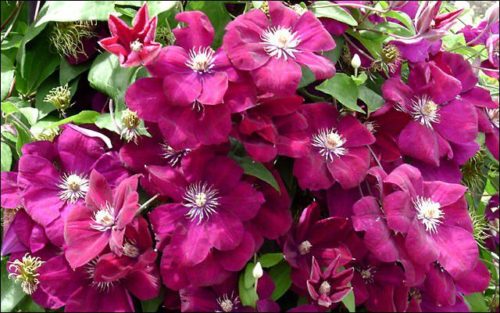
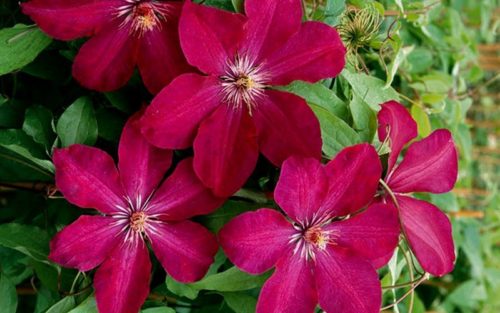
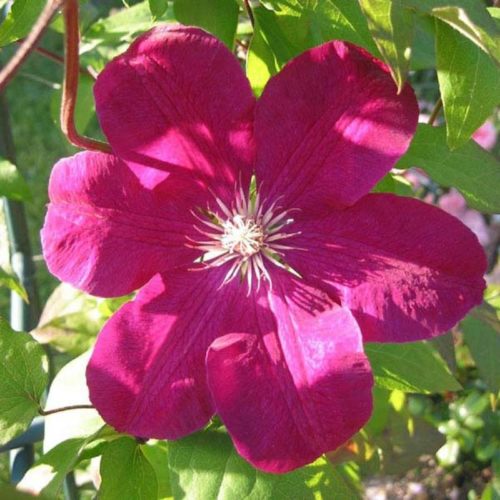
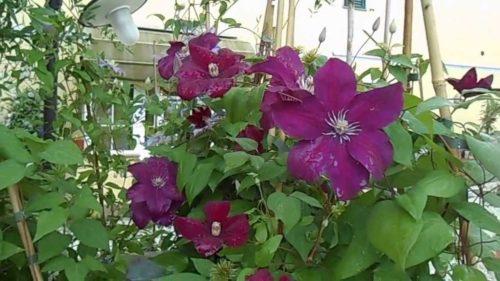
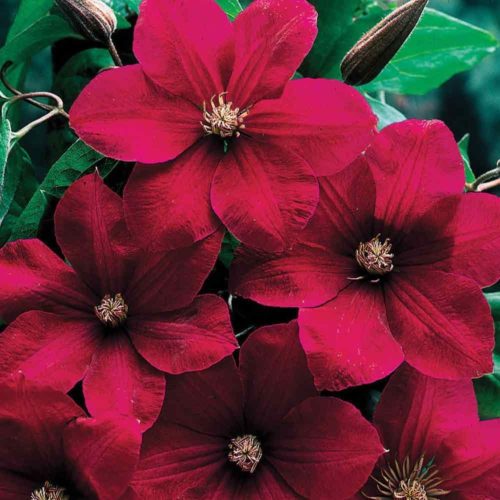












 Start a discussion ...
Start a discussion ...